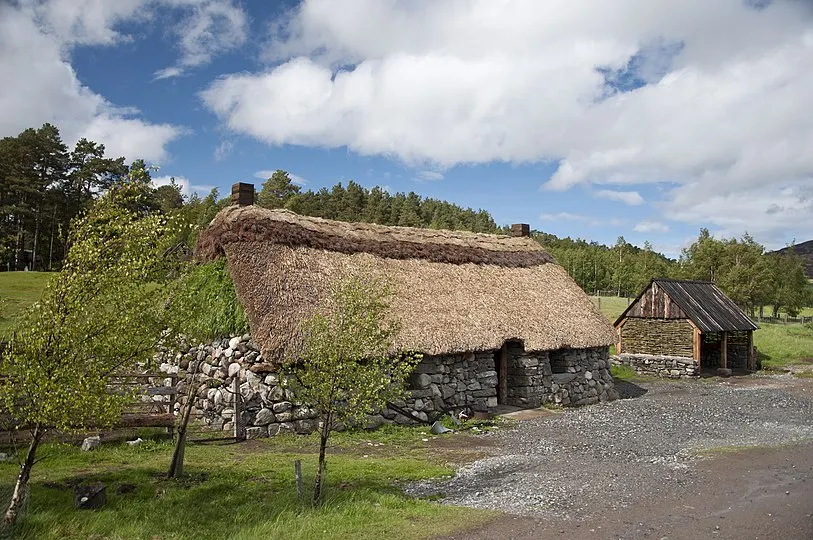1918 - Spanish Flu
No time to read a 7 min blog? watch a sub-2 minute video then decide to read later
1918 - Spanish Flu
The end of the Great War was in sight. Allied troops were still stationed all over Europe. Spain was one of the few neutral countries and was not subject to a media clampdown, as was the rest of Europe. Therefore when the Spanish Government announced an outbreak of the ‘flu in May of that year, it was reasonable to assume when the virus became common knowledge, that it would be associated with that country. It could have just as easily originated in Italy, France, Britain, China or more likely the U.S.

Unlike a normal ‘flu virus, however, this one contained three pathogens - three genes that weakened the bronchial tubes and lungs. This thus cleared the way for bronchial pneumonia. The result would be somewhere between twenty and fifty million deaths worldwide.
The first report of the ‘flu was actually on March 11th of 1918 in Kansas, USA. in Camp Funsas, Fort Riley. Some believe it was infected soldiers that spread it around the U.S. And when, that same month, 84,000 troops were dispatched to Europe, and 118,000 more the following month, the pandemic was certainly underway.
Medicinal progress not being then what it is now, there was no vaccine. Such medical professionals, as were left behind when so many had been sent overseas, were at a loss as what to prescribe. Aspirin had just come out of patent the year before. It was invented by Bayer of Germany in 1899, and was often prescribed for ‘flu. Up to 30 grams per day was prescribed. But we know today that anything over 4 grams is toxic and can have devastating results. The symptoms attributable to the aspirin are hyperventilation and pulmonary oedema, which is an accumulation of fluid on the lungs. Such symptoms are not dissimilar to the ‘flu. Who knows today how many deaths could have been attributed to this misprescription.
In New York City, the Health Commissioner attempted to curb infection by ordering businesses to open and close in staggered shifts to reduce overcrowding on the subways. Probably a good idea but ‘no cigar’ on this occasion.
Philadelphia didn’t help the situation either. Their Director of Health announced that this was just an ordinary ‘flu outbreak and recommended the City go ahead with the Liberty Loan Parade. It was attended by tens of thousands of Philadelphians and this resulted in 200,000 sick and a thousand dead! By March 1919, 15,000 had lost their lives in this city alone.
By contrast, St. Louis, Missouri, banned public gatherings, closed down the schools and theatres. The mortality here was just 12% of that of Philly.
San Francisco equally responded harshly by issuing a $5 fine (a lot of money in those days) to anybody caught in a public space without a mask. They were also charged with ‘disturbing the peace’.

In America, the final death toll attributed to the Spanish Flu, exceeded 675,000. This represented 99% of excess deaths in the US that year. And across Europe? This ‘flu was responsible for 86% of all excess deaths.
Think of it this way: If 20 million people died in 1918, it would represent a1% loss of the total global population. Other estimates put it at 50 million, which represent 2.5% of excess deaths.
Research in 2002, suggests the figure was probably 100 million. But because of poor wartime reporting, this number probably never made it into the media or into the history books. If that was the case, the Spanish Flu was responsible for the death of 5% of the then population of the planet. This is of course far more than the total loss of life during the entire 4-year war!
Since 1918 the World Health Organisation, set up post-second world war has declared the following pandemics:
1957–1958 "Asian Flu"
1968 "Hong Kong Flu"
Both of these were estimated to have caused 1–4 million deaths each.
2009–2010 “Swine Flu” and was caused by an influenza A(H1N1) virus. For the first time, a pandemic vaccine was developed, produced and deployed in multiple countries during the first year of the pandemic.
While most cases of pandemic H1N1 were mild, globally it is estimated that the 2009 pandemic caused between 100,000–400,000 deaths in the first year alone.
With Covid19 (at the time of going to ‘press’ - 12th August 2020), there have been 20.3 million infections worldwide, 741,000 deaths and 12.6 million have recovered. It seems there are a lot of similarities both with the effect of the disease, and also the steps that are (or are not) taken to try and halt it.
As I am well used to saying: “The one thing man learns from history is that he learns nothing from history.”


